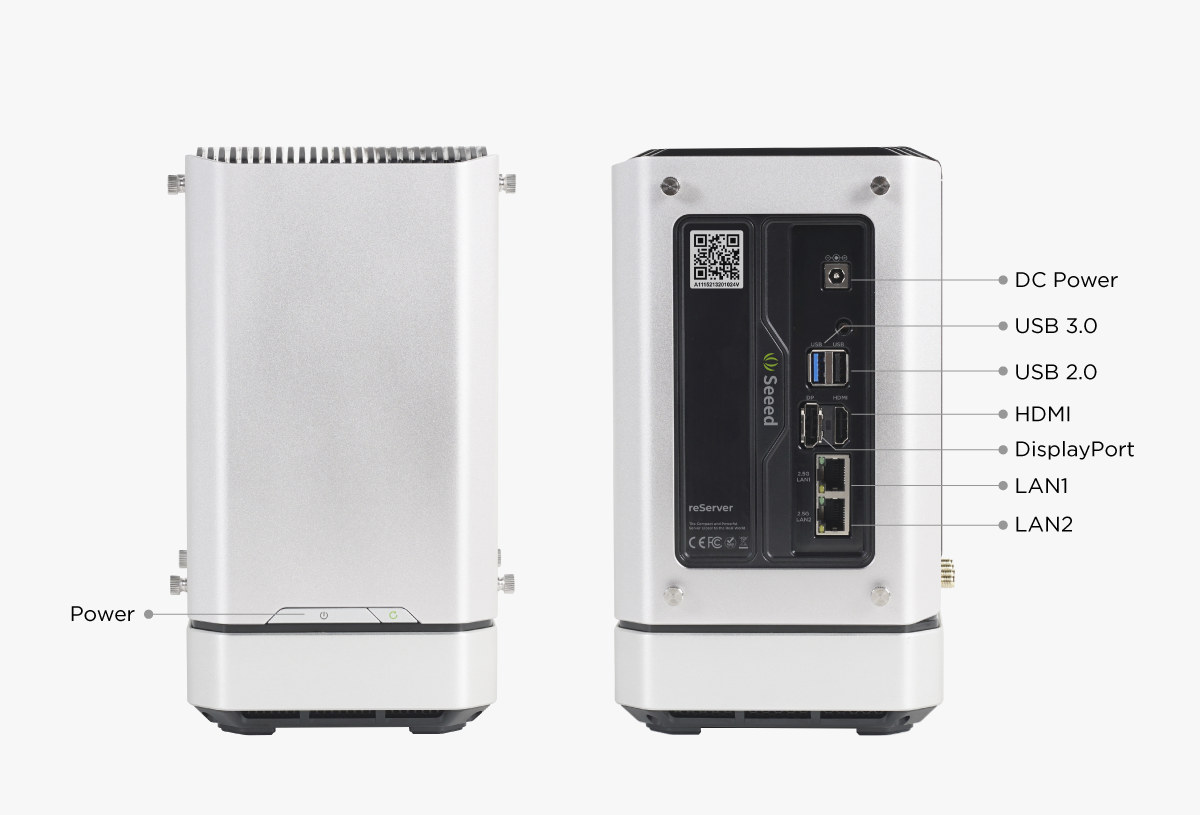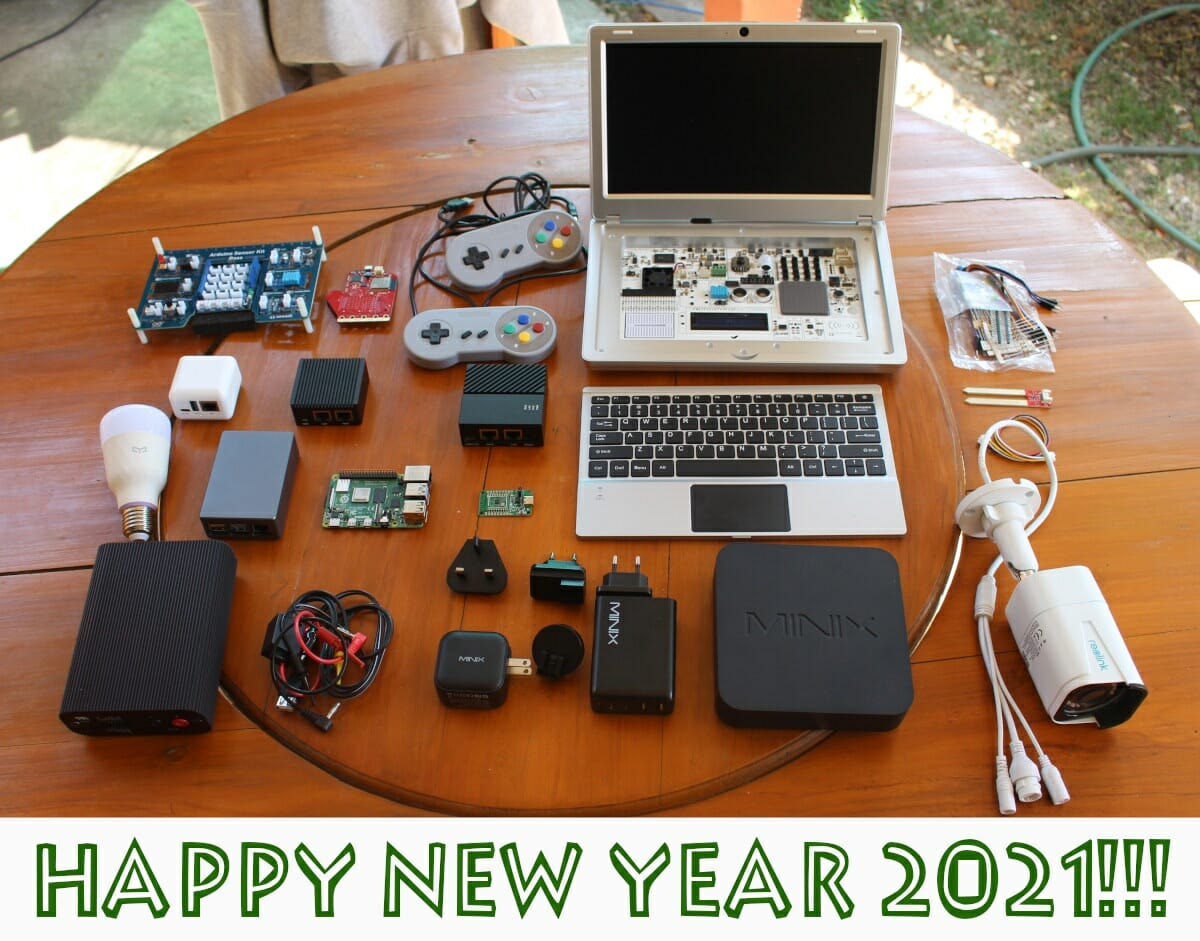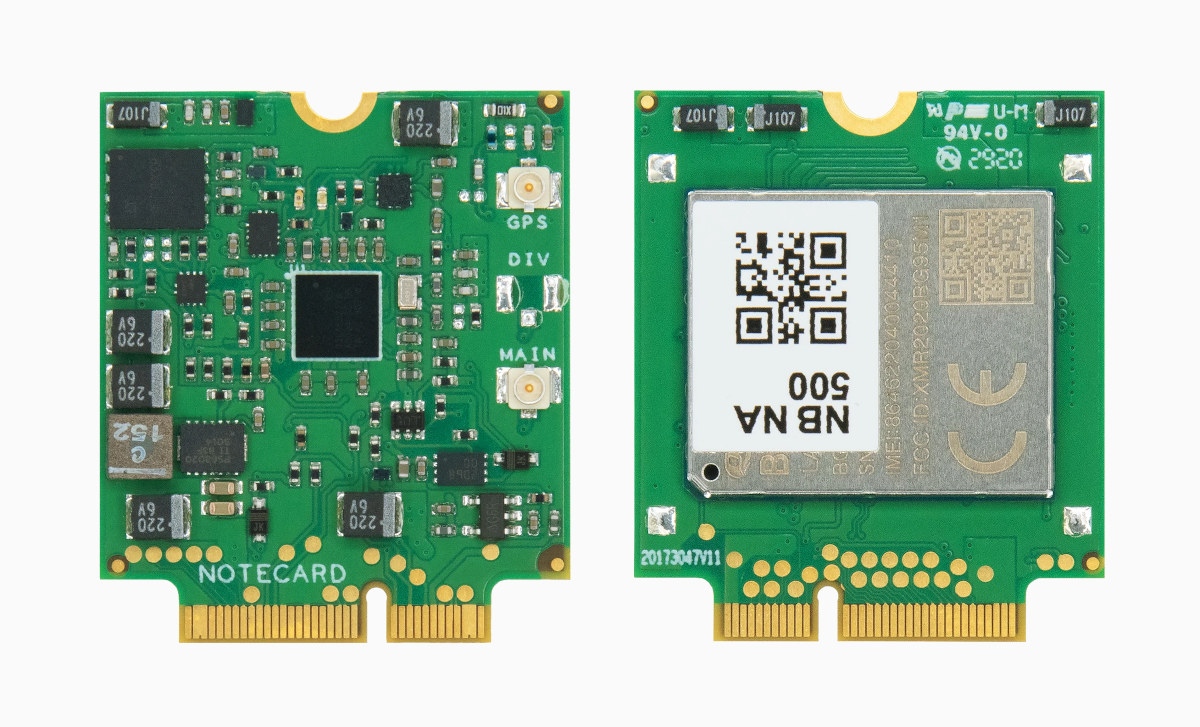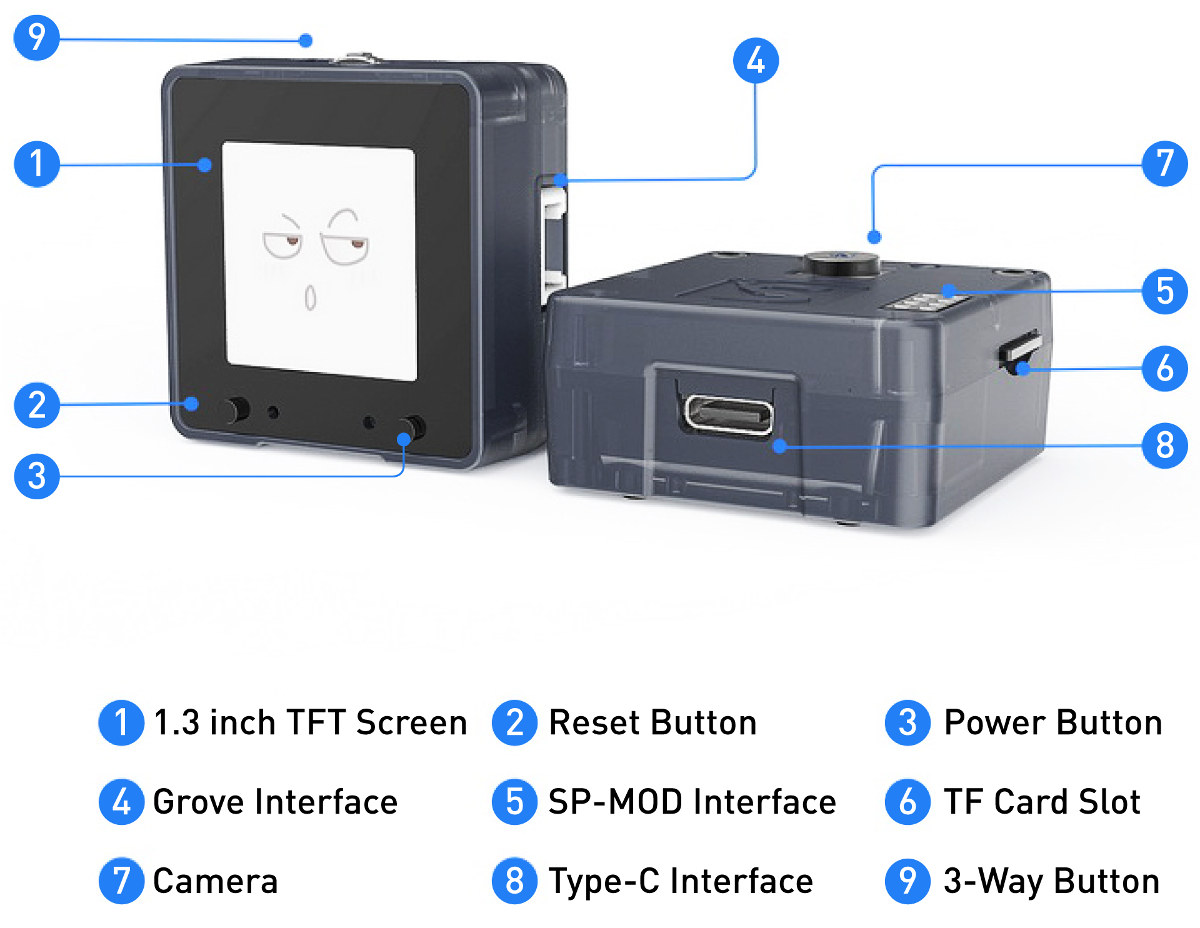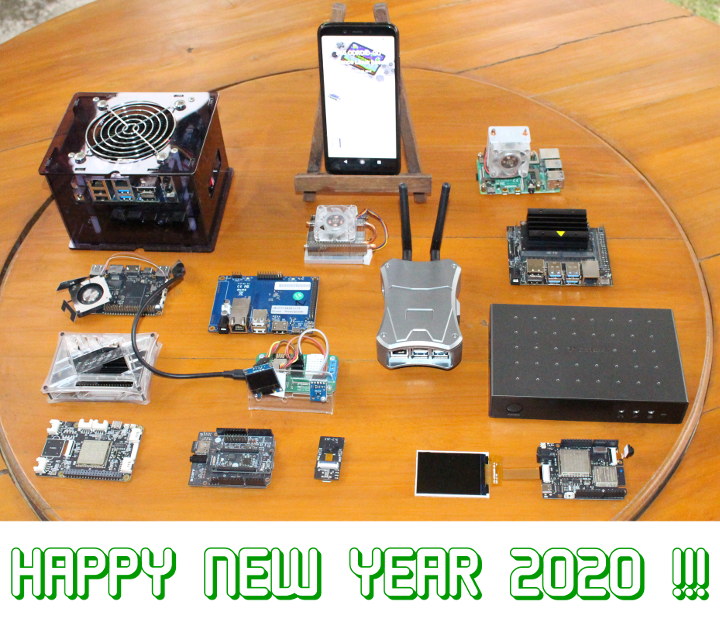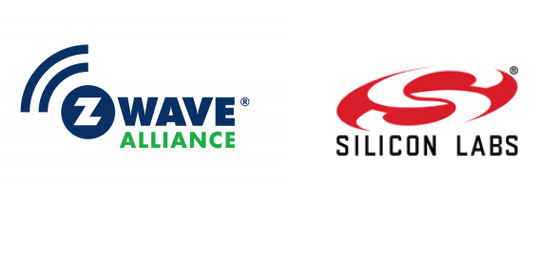reServer 2-bay multimedia NAS is equipped with an Intel Core Tiger Lake SBC
Seeed Studio has just introduced reServer dual-bay multimedia NAS based on Intel Core i3/i5/i7 Tiger Lake 11th generation processor. The networked storage device is based on ODYSSEY X86 V2 single board computer that offers an upgrade to the ODYSSEY-X86J4105 and ODYSSEY-X86J4125 Gemini Lake SBC’s. reServer comes with up to to 64GB dual-channel memory, dual 2.5GbE, support for two 3.5-inch SATA drives, HDMI and DisplayPort video output, and some USB 3.0/2.0 ports. reServer (preliminary) specifications: SoC (one or the other) Intel Core i3-1115G4 dual-core/quad-thread processor with 48 EU Intel UHD Graphics @ 400 – 1250MHz; 28W TDP Unnamed Intel Core i5 with 80 EU Intel Iris Xe Graphics G7 @ 400-1300MHz; 28W TDP Unnamed Intel Core i7 with 96 EU Intel Iris Xe Graphics G7 @ 400-1300MHz; 28W TDP Co-processor – Microchip ATSAMD21G18 32-Bit Arm Cortex-M0+ microcontroller System Memory – Up to 64GB dual-channel DDR4-3200 SDRAM via two SO-DIMM sockets Storage […]


